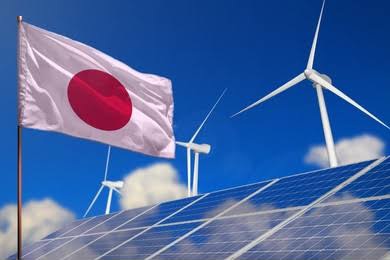The global shift toward sustainable energy has elevated the usage of green energy to top of technological advancement and environmental and financial agendas. Ten nations leading the pack in terms of obtaining their energy from sustainable sources including biomass, geothermal energy, solar energy, and wind energy are discussed in this paper. Examining these nations helps us to better understand how new regulations, infrastructure investment, and geographical advantages result in significant use of renewable energy.
From the wind-powered systems in Scandinavia to the sun-drenched regions using solar panels, this list displays the range of methods that clean energy goals could be satisfied. Knowing the nations most dependent on green energy can assist us to grasp world patterns and develop sensible strategies for environmental preservation. New technology, climate promises, and energy regulations all help to determine their success. Anyone who is interested in green energy, renewable resources, or environmental protection has to read this. Track the most recent figures on renewable energy and find out how these nations are improving the planet by means of cleaner living conditions. Discover hydropower, solar, wind, and sustainable development to better understand how cleverly the globe is using its resources.
Top Ten Countries With Highest Renewable Energy Usage
10. Spain

Spain stands out as a renewable energy powerhouse in Europe, generating 130 TWh from renewable sources in 2023. Wind power leads the charge, contributing 24% to the electricity mix, while solar energy accounts for 14%, bolstered by abundant sunlight in regions like Andalusia. The nation’s commitment to clean energy is evident in its goal to exceed 50% renewable electricity, achieved through robust energy policies and public investment.
Companies like Iberdrola drive innovation, expanding wind farms and solar panels while focusing on energy storage to ensure grid reliability. Spain’s diverse geography supports hydropower and biomass, though wind and solar dominate growth. The push for electrification in transport and heating further amplifies renewable energy consumption, aligning with EU carbon neutrality goals by 2050. Spain’s progress in sustainable energy makes it a model for balancing economic growth with environmental conservation, inspiring global efforts in green energy adoption.
9. Norway

Norway’s renewable energy sector shines with 140 TWh generated in 2023, primarily from hydropower, which accounts for 92% of its renewable electricity. The country’s rugged terrain and abundant rivers make it Europe’s top hydropower producer, with major plants operated by Statkraft, the continent’s largest renewable energy company. Norway’s low-carbon energy mix results in one of the lowest power sector emissions globally, enabling it to export clean energy to neighboring countries.
Wind power is also expanding, with offshore projects gaining traction, while geothermal energy and biomass play smaller roles. Energy policies prioritize sustainability, supporting Norway’s goal of a fossil-free future. The nation’s success in renewable resources highlights how natural advantages, paired with strategic investments, can drive clean energy leadership. Norway’s model of near-total renewable electricity offers a blueprint for sustainable development, making it a key player in global environmental conservation efforts.
8. Russia

Russia, often associated with fossil fuels, generated 198 TWh from renewable sources in 2023, with hydroelectric power leading at 17% of its electricity mix. Despite its oil and gas dominance, the country is gradually embracing clean energy, with hydropower plants along rivers like the Volga playing a significant role. Nuclear energy, at 18%, complements renewables, contributing to a low-carbon share of 33%. Wind and solar energy are emerging, though their growth is slower due to limited policy incentives.
Russia’s vast landmass offers potential for renewable resources, particularly in remote regions where biomass and geothermal energy could expand. The government’s cautious shift toward sustainability reflects a balancing act between economic reliance on fossil fuels and global pressure for environmental conservation. Russia’s renewable energy journey, while nascent, signals a move toward greener energy, with hydropower paving the way for future clean energy investments.
7. Japan

Japan produced 239 TWh from renewable sources in 2023, with renewables making up 24% of its electricity mix in 2022, a figure likely sustained. The nation’s focus on reducing CO₂ emissions drives its clean energy agenda, with hydropower, solar energy, and wind power leading the mix. Biomass and geothermal energy also contribute, supported by companies like Mitsubishi Electric, which innovate in renewable technologies. Japan’s energy policies emphasize energy security and sustainability, spurred by the 2011 Fukushima disaster, which shifted focus from nuclear to renewables.
Solar panels have proliferated, especially in urban areas, while offshore wind projects are expanding along its coastlines. The government’s commitment to green energy includes biofuels for transport, aligning with global sustainable development goals. Japan’s blend of technological advancements and renewable resources positions it as a leader in Asia’s clean energy transition, offering lessons in balancing economic needs with environmental conservation.
6. Germany
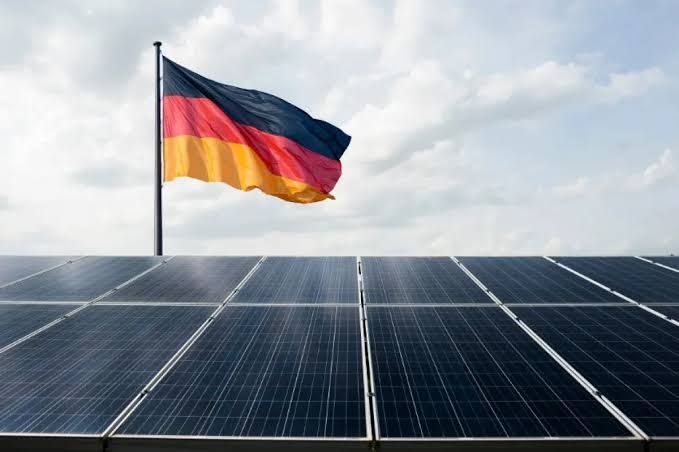
Germany’s renewable energy sector generated 254 TWh in 2023, with over 50% of its electricity from renewables, a 7.2% increase from 2022. Wind energy leads, followed by biomass, solar energy, and hydropower, reflecting a 594% growth in renewable production since 2000. The country’s ambitious energy policies, part of the Energiewende transition, aim for carbon neutrality by 2050. Germany’s investment in solar panels and wind farms, particularly offshore, has made it a European leader in clean energy.
Companies like Siemens Gamesa drive technological advancements, enhancing grid efficiency and energy storage. Biomass plays a significant role in heating, while hydropower supports grid stability. Germany’s success stems from strong public support and incentives for renewable resources, making it a model for sustainable development. Its focus on green energy and environmental conservation inspires global efforts to combat climate change, showcasing how policy and innovation can transform energy landscapes.
5. Canada

Canada generated 388 TWh from renewable sources in 2023, with hydropower dominating at 90% of its non-combustible renewable electricity. The country’s vast rivers and lakes make it the world’s second-largest hydropower producer, with major plants in Quebec and British Columbia. Wind and solar energy are expanding rapidly, supported by organizations like CanREA and companies like Brookfield Renewable, which focus on clean energy projects.
Canada’s energy policies aim for a low-carbon economy, with investments in grid modernization and renewable resources. Biomass contributes to heating in rural areas, while geothermal energy is gaining traction in western provinces. The nation’s commitment to sustainable development includes reducing carbon emissions through renewable electricity, positioning Canada as a North American leader in green energy. Its diverse renewable portfolio and environmental conservation efforts highlight how natural resources, paired with strategic planning, can drive a cleaner future.
4. India
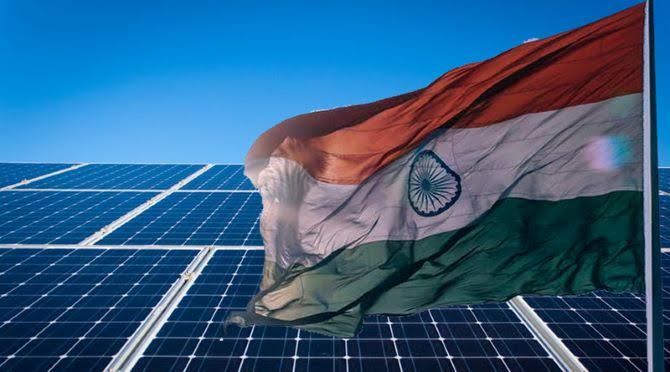
India’s renewable energy sector produced 405 TWh in 2023, securing its place as the fourth-largest in global renewable capacity. The country’s diverse mix includes solar energy, wind power, hydropower, and biomass, with solar leading due to abundant sunlight in states like Rajasthan. India met its Paris Agreement targets ahead of schedule and aims to produce 5 million tonnes of green hydrogen by 2030, showcasing its commitment to clean energy.
Government initiatives, like the National Solar Mission, have driven solar panel installations, while wind farms thrive in coastal regions. Hydropower remains significant, with major dams in the Himalayas. India’s energy policies prioritize renewable resources to meet growing electricity demand while reducing emissions. The nation’s rapid renewable energy growth, supported by private investment, positions it as a leader in Asia’s sustainable development, offering a model for balancing economic progress with environmental conservation.
3. Brazil
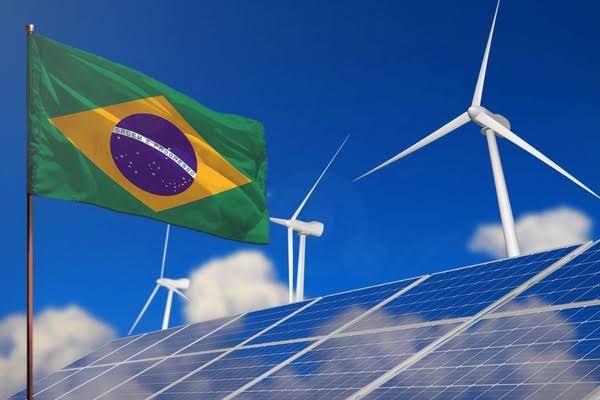
Brazil generated an impressive 940 TWh from renewable sources in 2023, with hydropower accounting for 80% of its electricity mix, one of the cleanest globally at 93% renewable. The country’s vast river systems, including the Amazon, power massive hydroelectric plants like Itaipu. Solar energy and wind power are growing rapidly, with solar PV and offshore wind projects expanding in the northeast. Brazil leads in biofuels, particularly ethanol from sugarcane, driven by companies like Raízen.
Energy policies support green fuels and hydrogen development, positioning Brazil as a global sustainability powerhouse. Investments in renewable resources and power storage enhance grid reliability, while the country exports excess clean energy to neighbors. Brazil’s commitment to environmental conservation and technological advancements in sustainable energy makes it a leader in Latin America, inspiring global efforts to transition to a low-carbon future.
2. United States
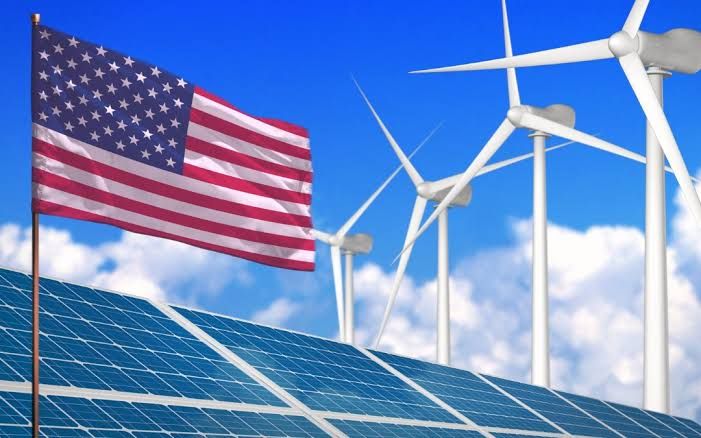
The United States generated 1,493 TWh from renewable sources in 2023, with wind energy at 10%, hydropower at 5.7%, and non-hydro renewables at 15.6%. The nation’s renewable energy growth is driven by cost reductions in solar panels and wind turbines, alongside state-level mandates for clean energy. Solar energy thrives in states like California, while wind farms dominate in Texas and the Midwest. Hydropower remains significant in the Pacific Northwest, with biomass and geothermal energy contributing in specific regions.
Companies like Southern Company lead in renewable innovation, supported by federal incentives like the Production Tax Credit. The U.S. aims for energy independence through renewable resources, reducing reliance on fossil fuels. Its diverse energy policies and technological advancements position it as a global leader in green energy, with a focus on sustainable development and environmental conservation driving further growth.
1. China
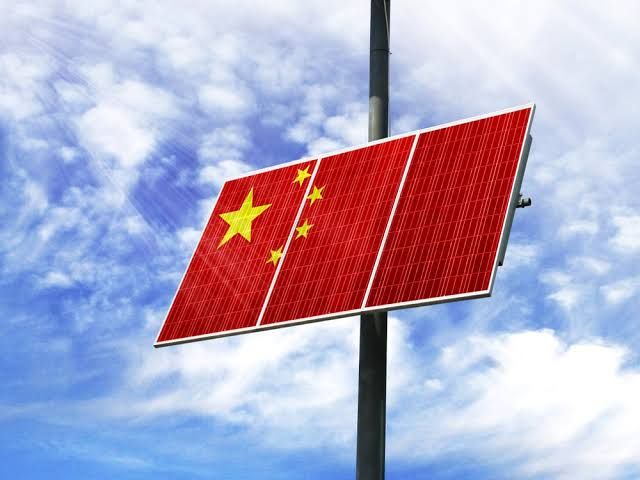
China leads the world with 3,749 TWh of renewable electricity in 2023, accounting for 32% of global renewable production. Clean energy makes up 35% of its electricity mix, with hydropower at 13%, followed by rapidly growing solar energy and wind power. The country doubled its solar capacity in 2023, driven by vast solar farms in regions like Inner Mongolia. Wind energy, with 342 GW installed, thrives along coastal and northern areas. China’s massive hydroelectric dams, like the Three Gorges, set global benchmarks.
Despite coal reliance, energy policies prioritize renewable resources, supported by heavy investments in grid infrastructure and energy storage. The nation’s technological advancements and commitment to sustainable development position it as the unrivaled leader in clean energy. China’s renewable energy statistics reflect its role in shaping a greener future, offering lessons in scaling green energy for environmental conservation worldwide.

